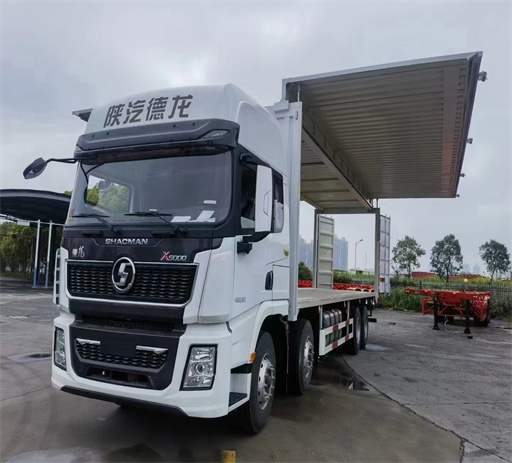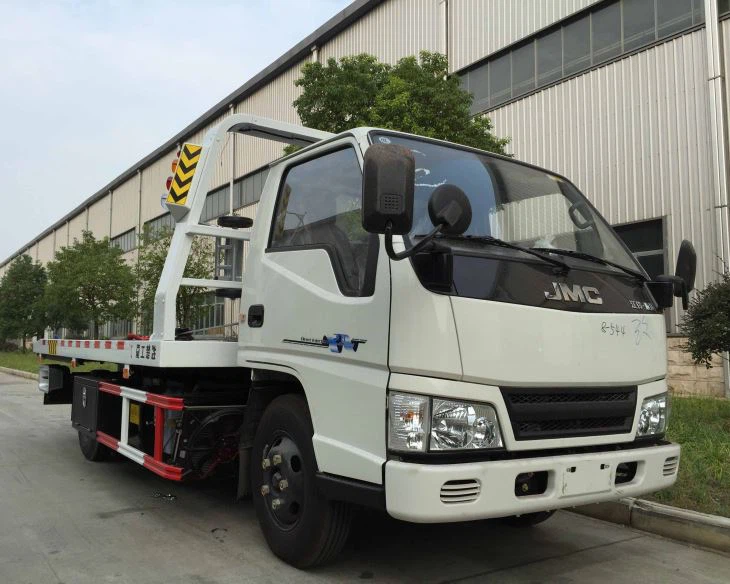Understanding the Lowered Garbage Truck: A Comprehensive Guide

Introduction
The lowered garbage truck is a significant innovation in waste management and urban planning. This vehicle design targets improved safety, efficiency, and accessibility for both waste collection workers and the communities they serve. In this article, we will delve into the features, benefits, and practical applications of lowered garbage trucks. We will also explore how they contribute to sustainable waste management practices and answer common questions surrounding their use.
What is a Lowered Garbage Truck?
A lowered garbage truck is designed with a lowered chassis, making it easier for waste management operators to collect refuse from curbside locations. These trucks are equipped with specialized lifting mechanisms and are often used in urban areas where space constraints and high pedestrian traffic present challenges for traditional waste collection methods.
Key Features of Lowered Garbage Trucks
- Lowered Chassis: Reduces the height of the truck bed, allowing for easier access.
- Advanced Lifting Systems: Includes automated arms for efficient waste collection.
- Improved Visibility: Lower design enhances the driver’s line of sight, promoting safety.
- Enhanced Stability: Lowered center of gravity improves handling and reduces tipping risks.
Benefits of Using Lowered Garbage Trucks
1. Enhanced Safety
One of the main advantages of lowered garbage trucks is improved safety for both the drivers and pedestrians. The lower profile reduces blind spots, helping drivers better see their surroundings. Additionally, the reduced height simplifies the process of loading and unloading waste, minimizing the risk of injury for the crew.
2. Increased Efficiency
Time efficiency is crucial in waste management. The automated systems in lowered garbage trucks significantly reduce the time spent on each collection route. With fewer manual operations, these trucks can quickly service more locations in less time, improving overall productivity.
3. Accessibility in Urban Areas

In densely populated areas, narrow streets and heavy pedestrian traffic can hinder traditional garbage collection methods. The lowered garbage truck’s compact design allows it to navigate tight spaces more easily without disrupting traffic or endangering pedestrians.
4. Environmental Impact
Lowered garbage trucks often have cleaner emissions due to newer engine technologies. By reducing the time spent on the road, they also lower overall fuel consumption. This contributes positively to reducing the carbon footprint associated with waste collection.
Technology and Innovations in Lowered Garbage Trucks
1. Smart Waste Collection Systems
Many modern lowered garbage trucks are equipped with smart technology that enables real-time data collection. This includes monitoring bins’ fill levels, which allows waste management companies to optimize collection schedules and reduce unnecessary trips.
2. Hybrid and Electric Models
With the growing concern for the environment, manufacturers are producing hybrid and fully electric lowered garbage trucks. These models further reduce emissions and fuel costs, making them an excellent investment for municipalities aiming to enhance their sustainability efforts.
3. Ergonomic Design
Ergonomics play a crucial role in waste collection. Features such as adjustable lifting arms and user-friendly controls are designed to reduce physical strain on operators, improving job satisfaction and reducing the risk of injuries.
Practical Tips for Implementing Lowered Garbage Trucks
1. Assess Community Needs
Before introducing lowered garbage trucks, it is essential to evaluate the specific waste collection needs of your community. Conduct surveys or engage with local residents to understand accessibility challenges and preferences.
2. Train Drivers and Crew Effectively
Provide comprehensive training for drivers and crew members on the operation of lowered garbage trucks and safety protocols. Regular training sessions can help maintain low incident rates and improve operational efficiency.
3. Monitor Performance Metrics
Utilize GPS tracking and data management systems to monitor the performance of your lowered garbage truck fleet. Analyze metrics like route efficiency, fuel consumption, and crew performance to optimize operations further.
Case Studies: Successful Implementation of Lowered Garbage Trucks
1. City of Seattle, Washington
Seattle introduced lowered garbage trucks to enhance its urban waste collection efficiency. After implementing this system, the city reported a 20% increase in collection speed and a significant reduction in accidents involving garbage trucks.
2. San Francisco’s Green Waste Initiative
San Francisco adopted lowered garbage trucks as part of its Green Waste Initiative. These trucks not only improved waste collection but also contributed to increased recycling rates in the city, aligning with its sustainability goals.
Challenges and Considerations
1. Initial Investment Costs
Investing in lowered garbage trucks requires substantial upfront costs. Municipalities must weigh these costs against the long-term benefits of increased efficiency and safety.
2. Maintenance and Repairs
With advanced technologies come maintenance needs. It is crucial to establish a solid maintenance plan to ensure the trucks remain in optimal working condition, minimizing downtime and service interruptions.
Future Trends in Garbage Truck Design
1. Autonomous Waste Collection
The future of waste management may see the rise of autonomous lowered garbage trucks. These vehicles could revolutionize the industry by eliminating the need for drivers and enabling 24/7 operation in various waste collection scenarios.
2. Integration of AI and IoT Technologies
Artificial intelligence (AI) and the Internet of Things (IoT) may play significant roles in the development of smarter garbage trucks. These technologies could enhance route optimization, predictive maintenance, and overall operational efficiency.
FAQ Section
1. What is the primary purpose of a lowered garbage truck?
The primary purpose of a lowered garbage truck is to facilitate safer and more efficient waste collection in urban areas, particularly where traditional trucks may struggle to navigate.
2. Are lowered garbage trucks environmentally friendly?

Yes, many lowered garbage trucks are designed with modern engine technologies that reduce emissions. Furthermore, their efficiency reduces fuel consumption, leading to a lower environmental impact.

3. How do lowered garbage trucks improve safety for workers?
The design of lowered garbage trucks reduces blind spots and simplifies the loading process, decreasing the risk of accidents and injuries for waste collection workers.
4. Can lowered garbage trucks access narrow streets?
Yes, lowered garbage trucks are built to navigate narrow streets more effectively than traditional trucks, making them ideal for urban environments with space constraints.
5. What technologies are commonly found in modern lowered garbage trucks?
Modern lowered garbage trucks often include smart waste collection systems, hybrid or electric engines, and ergonomic features designed to reduce strain on operators.
6. What can municipalities do to optimize the use of lowered garbage trucks?
Municipalities can optimize the use of lowered garbage trucks by assessing community needs, providing driver training, and monitoring performance metrics to continually improve operations.
